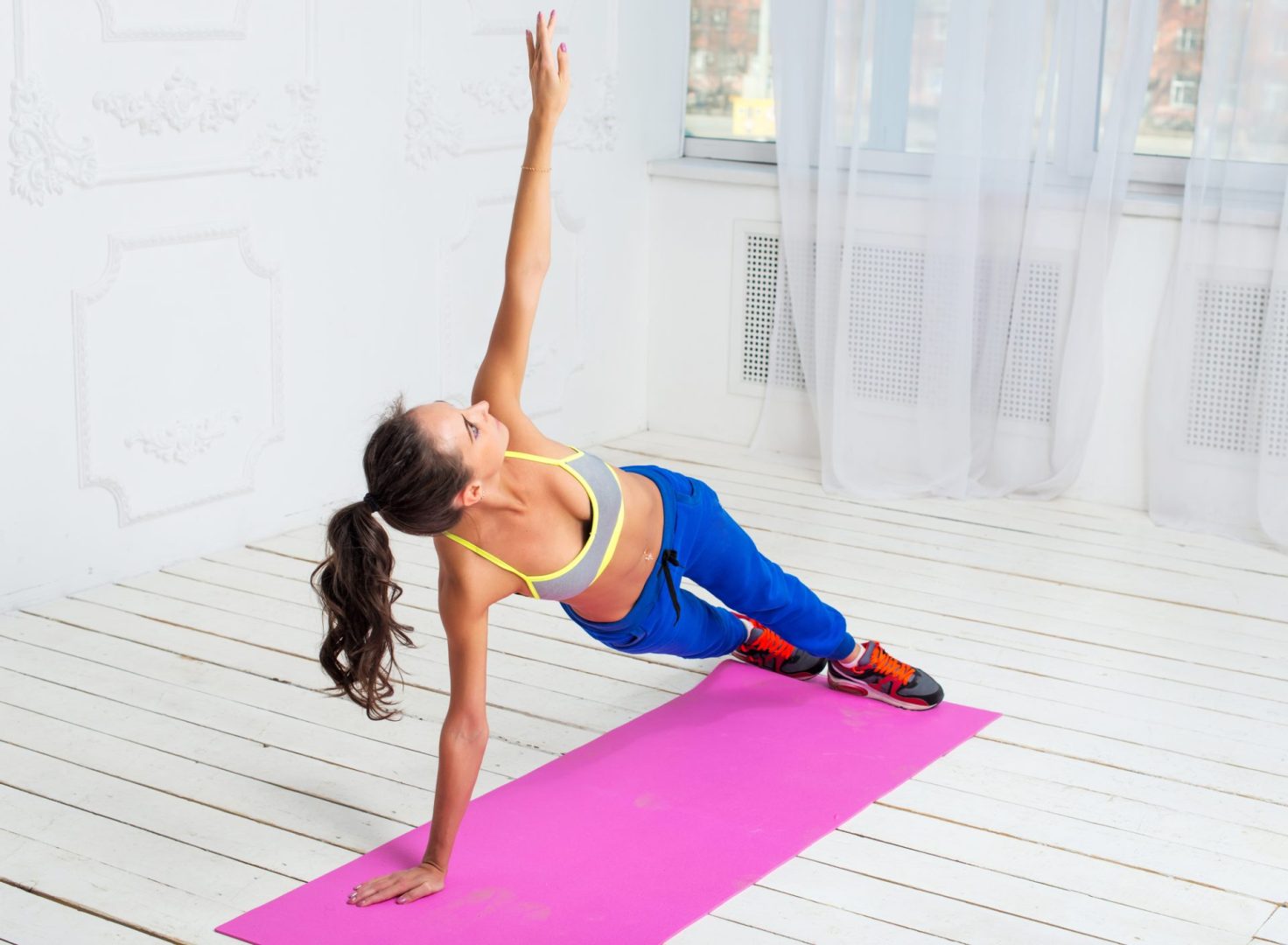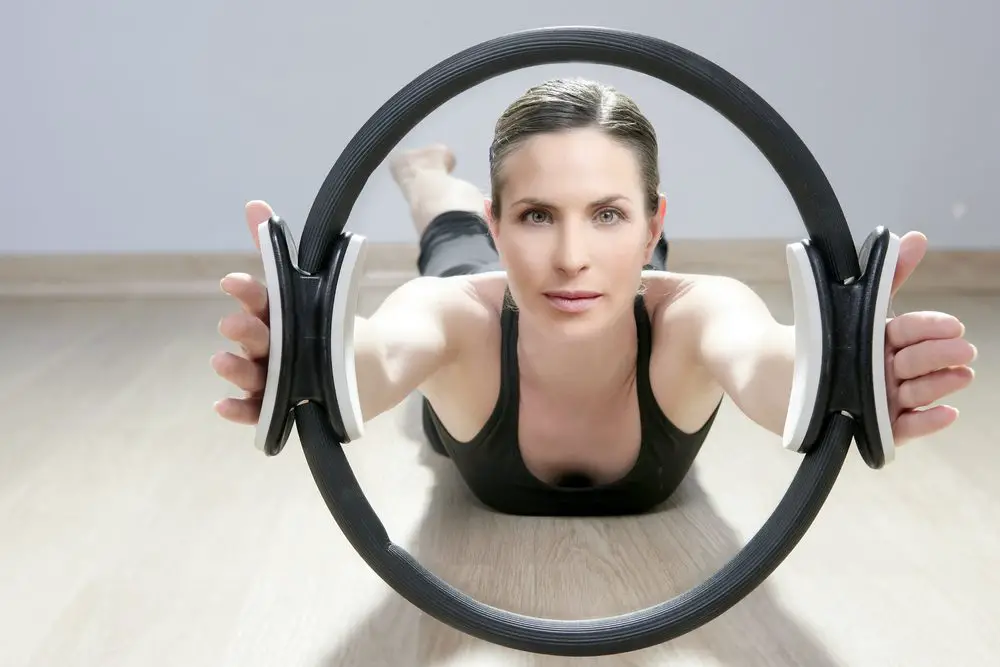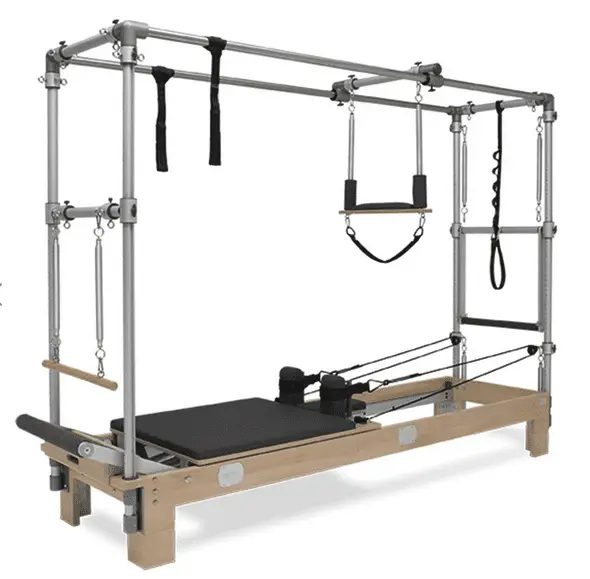Equipment
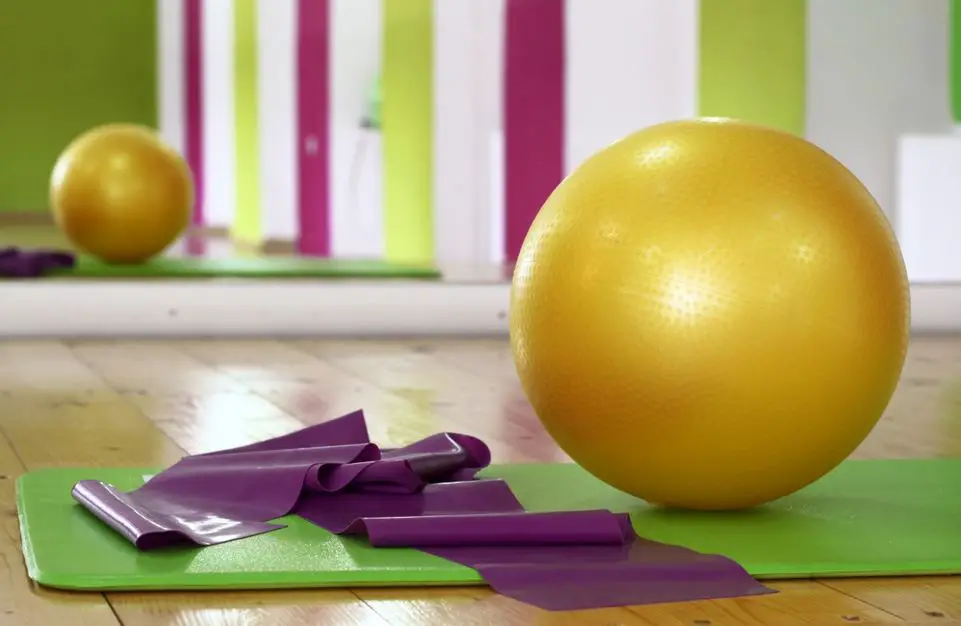
Fundamental Pilates Equipment
What’s better for me, Mat Pilates or Pilates using equipment? This is a common question posed to Pilates instructors and the answer can be pretty straightforward – one isn’t necessarily better than the other, it just depends on your exercise goals and tendencies as well as your wallet.
Mat Pilates can be done in group sessions or in private settings and the repertoire can be varied using an assortment of small props such as flex bands, a Pilates ring (aka Magic circle), small or large balls, foam rollers or arc barrels.
Pilates apparatus workouts can also be done in private or group settings but are more commonly found in private studios rather than larger gym type facilities. These sessions tend to be more costly due to the cost of Pilates floor equipment as well as the advanced training necessary for qualified instructors. This article will focus on the three largest pieces of Pilates apparatus/equipment and will give a description of each as well as a general idea of how they can be used.
Today’s Pilates apparatus come in different shapes and sizes but is similar to the equipment Joseph Pilates used in his original studio in New York City. Some features have been enhanced but the guts of the machines basically remain the same.
Pilates Reformer
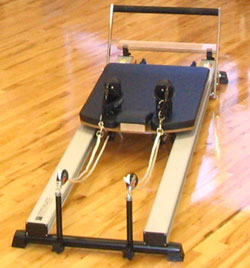
The Pilates Reformer is a bed-like device that comes in different heights to accommodate the user. Models for use in a private home are generally close to the floor (Balanced Body Allegro, STOTT SPX.)The original reformers had frames made of wood. Today’s styles can be made of either wood or metal and are so beautiful they almost seem like furnishings and can be tailored to fit with any décor.
Features of the reformer include:
- The carriage – a mat that slides back and forth.
- Springs which are adjusted to increase or reduce tension to the Carriage.
- The Footbar which is adjustable for different exercises or to keep the client in proper alignment.
- The shoulder blocks to help clients stabilize while on the carriage.
- Straps which can be made of leather or rope are used to move the carriage back and forth.
The Pilates Reformer is an extremely versatile piece of equipment. You can perform exercises on your back, stomach, side-lying, seated forward, seated backward, on your knees or on your feet. There is an extensive repertoire of exercises that can be done on the reformer and it is a great piece of equipment to have for group exercise settings.
Wunda Chair
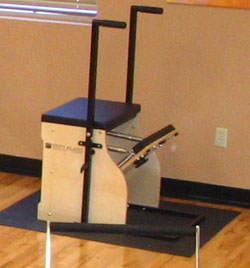
The Wunda Chair is also a quite versatile piece of equipment. It is possible to get an incredible full-body workout on the chair. Today’s design is quite similar to the original but there have been some fairly new and very useful designs. The original is a box-like device made of wood with the new designs being lighter in weight and made of aluminum.
All have the following features:
- The seat which can be sat upon, laid on, kneeled on or stood on.
- The foot pedal which moves up and down as necessary for an exercise. There can be one pedal but some chairs have an optional split pedal to increase the intensity of exercises.
- Springs which are adjusted to increase or decrease tension to the foot pedal.
- Safety bars/handles can be an option and aid clients with balance.
Exercises utilizing the chair can be done seated, side-lying, supine, prone, standing off or on the chair, and with either hands or feet on the pedal. Clients will be amazed at the versatility the chair offers and will be surprised by the intensity of the workout one can get using this fun piece of equipment. Peak Pilates has recently introduced the MVe chair which is for use in group exercise settings.
Cadillac/Trapeze Table
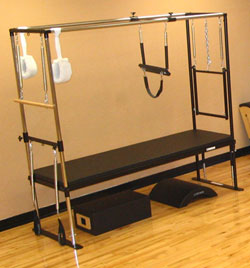
The Cadillac/Trapeze Table also offers clients an extraordinary workout and can be very useful for clients who may have trouble using a Chair or Reformer. It is also helpful for clients rehabbing injuries. It too is a bed-like device and is available in varying heights.
The Cadillac has the following features:
- There are two ends on which springs can be attached.
- The open end has a bar that slides up and down upon which springs can be attached. The Roll Down bar attaches to the open end.
- The Tower end has a Push Through bar which can be spring loaded from the top or from the bottom end of the frame. When loaded from the bottom there is also a safety chain that attaches to the frame.
- Arm Springs and Leg Springs have different tension and they attach to the open end of the frame.
- The Trapeze has springs which attach to the top of the frame. There is a strap along the base of the trapeze.
- Fuzzy straps attach to the top of the frame and are used for exercises in which the client puts their feet in the fuzzy straps while hanging from the frame for various exercises.
As with the other Pilates apparatus, there is an extensive repertoire of exercises that can be done on the Cadillac. Exercises can be done standing, seated, kneeling, prone, supine and side-lying. The client can also stand on the floor and use springs that are attached to the Cadillac.
Clients can do exercises on all three devices where they push, pull, lift, lower, rotate, bend and extend. The machines are designed to allow clients to move in all planes of motion. Tension can be increased or decreased to change the intensity of an exercise or focus on different muscle sets. As with any exercise system, form is fundamental to preventing injury and allowing for maximum work. The only limitation is the instructor’s imagination.
